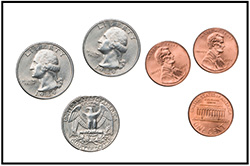
April 2016 Update: The wage gap cited has improved by 1% point since this article was originally posted in April 2015.
What is a woman worth? On Tuesday, April 14, 2015, we celebrate Equal Pay Day, a day to acknowledge the continuing gap in wages between women and men. By now, we are all familiar with the statistics – women employed full-time, year-round earn only 78 cents for every dollar a man earns. While some of this gap is attributable to differences in worker’s education, training or experience, about 40% of the pay gap can be attributed to discrimination.
What does this familiar narrative mean for individual women? Let’s start with STEM (science, technology, engineering and math). While girls have closed the gap with boys in high school science and math, women are losing ground in engineering and computing. While Sheryl Sandberg, COO of Facebook, recommends leaning in, Gamergate reminded us of the challenges and open hostility that women can face in tech fields.
Over one-third of women are employed in the health and education fields; four of the top 20 occupations for women in are these fields--elementary and middle school teachers, secondary school teachers, registered nurses, and nursing and psychiatric aides. Even in these heavily female occupations, men outearn women. For example, “males in nursing outearned females by nearly $7,700 per year in outpatient settings and nearly $3,900 in hospitals.”
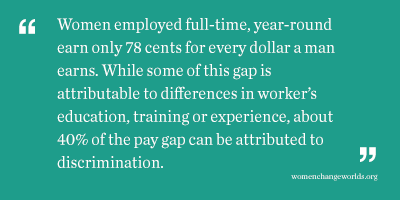 Service occupations, such as maids and housekeeping cleaners, personal care aides and child care workers, are the lowest paid of all broad occupational categories. This disproportionately affects the earnings of women of color; while 16% of all women work in service occupations, 24% of Black women, and 27% of Latinas, are employed in service occupations.
Service occupations, such as maids and housekeeping cleaners, personal care aides and child care workers, are the lowest paid of all broad occupational categories. This disproportionately affects the earnings of women of color; while 16% of all women work in service occupations, 24% of Black women, and 27% of Latinas, are employed in service occupations.
How do we fix this? There are a few proposals on the table right now that would go a long way to address this gap. First, raising the minimum wage would affect women who are disproportionately employed in low-wage occupations. Second, ensuring equal pay for work of equal value, and putting teeth into the Equal Pay Act, would reduce wage discrimination [link ]. Third, providing paid parental leave for all workers would make it possible for mothers with young children to stay competitive in the labor force, and for parents to participate equally in raising their families. Wouldn’t it be great if we never needed to celebrate Equal Pay Day again?
Nancy Marshall, Ed.D. is an Associate Director and Senior Research Scientist at the Wellesley Centers for Women (WCW) at Wellesley College. She leads the Work, Families and Children Team at WCW and is an Adjunct Associate Professor at Wellesley College.
April 2016 Update: The wage gap cited has improved by 1% point since this article was originally posted in April 2015.



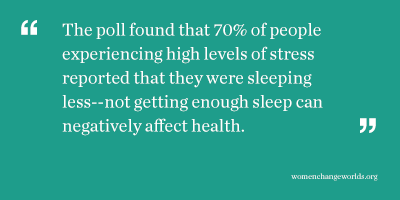 wear away at our health and wellbeing. The NPR poll found that individuals with a chronic illness were more likely to report high stress in the previous month (36% compared to 26% overall), as were individuals living in poverty (36%) and single parents (35%). These chronic stressors tax our abilities to cope with stress. For those individuals with high levels of stress, problems with finances was one of the main sources of stress, and this was especially true for those
wear away at our health and wellbeing. The NPR poll found that individuals with a chronic illness were more likely to report high stress in the previous month (36% compared to 26% overall), as were individuals living in poverty (36%) and single parents (35%). These chronic stressors tax our abilities to cope with stress. For those individuals with high levels of stress, problems with finances was one of the main sources of stress, and this was especially true for those 
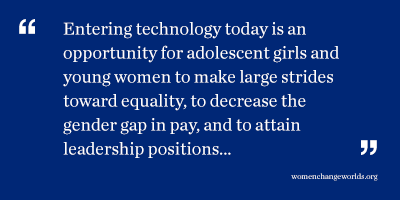 In my hometown, I see evidence that women are emerging as confident, enthusiastic leaders of technology. Recently, I was at a public meeting for a community group planning the inaugural
In my hometown, I see evidence that women are emerging as confident, enthusiastic leaders of technology. Recently, I was at a public meeting for a community group planning the inaugural 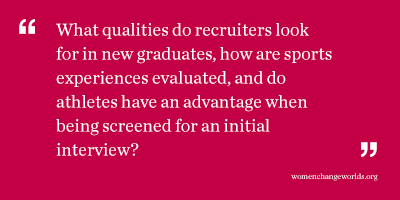 But how do recruiters on the front-end value a varsity credential? Does sports participation in college, for example, offer access to enter a corporate career?
But how do recruiters on the front-end value a varsity credential? Does sports participation in college, for example, offer access to enter a corporate career? Social Justice Dialogue: Eradicating Poverty
Social Justice Dialogue: Eradicating Poverty
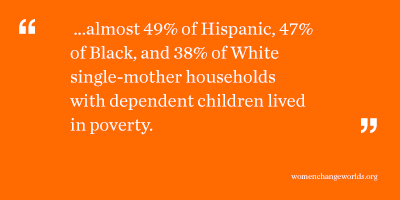 The inadequacy of full-time, year-round minimum wage earnings to support a family. In 2009, single mothers earning the hourly minimum wage of $7.25 earned just over $15,000--well below the poverty level of $17,285 for a family of three. These earnings are far below the median U.S. family income (almost $50,000) and the median earnings of dual earning households (over $78,000).
The inadequacy of full-time, year-round minimum wage earnings to support a family. In 2009, single mothers earning the hourly minimum wage of $7.25 earned just over $15,000--well below the poverty level of $17,285 for a family of three. These earnings are far below the median U.S. family income (almost $50,000) and the median earnings of dual earning households (over $78,000).
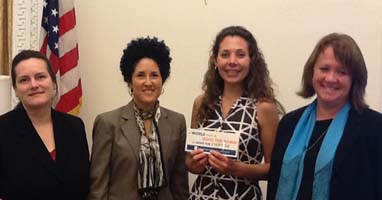 During the flight home, as I reviewed the day’s
During the flight home, as I reviewed the day’s 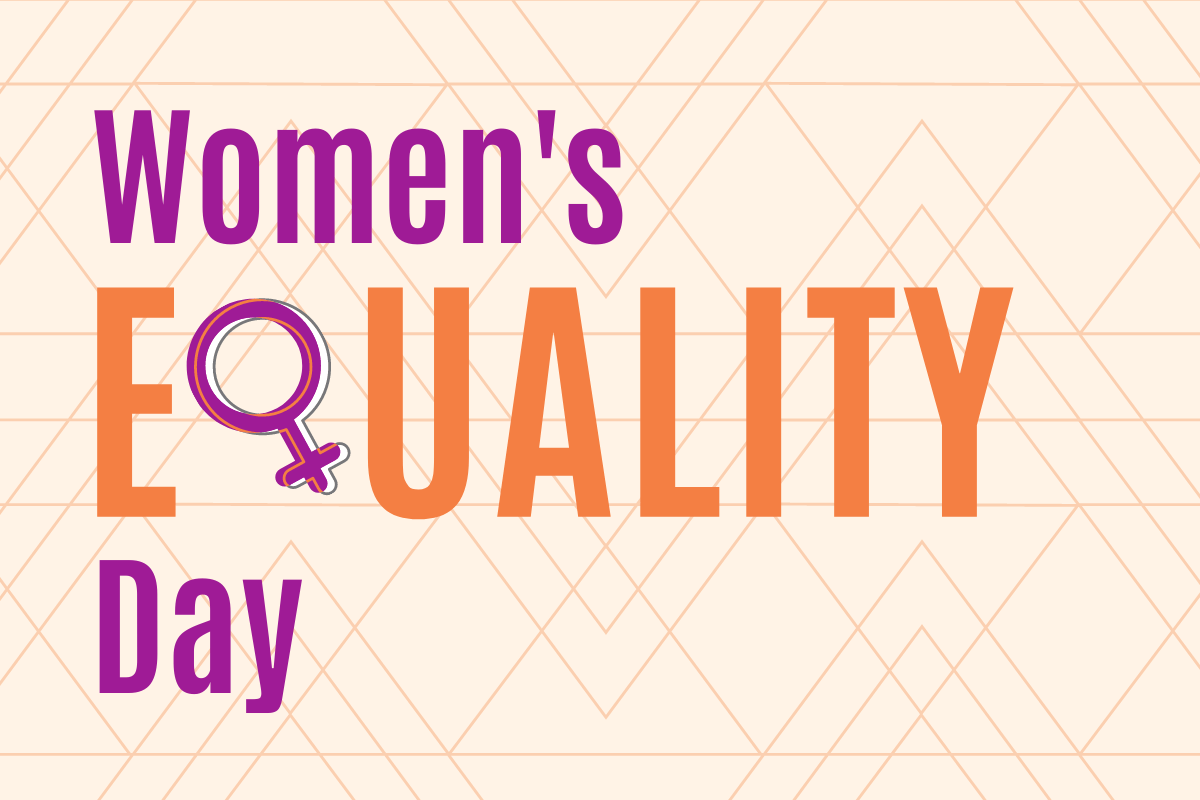
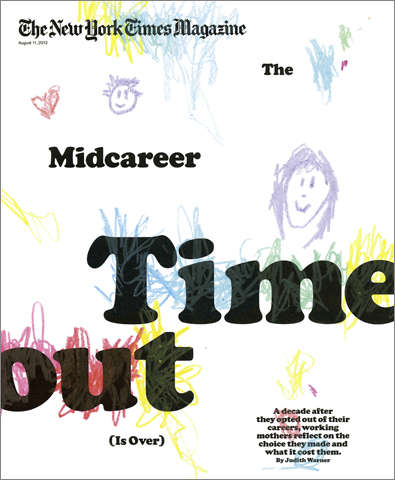
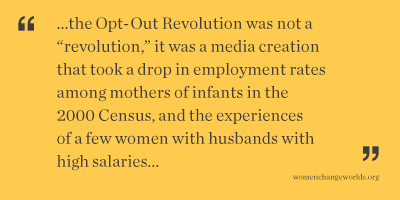 Meanwhile, media and popular attention remains focused on the message that women should solve the problems we face--of unfriendly workplaces, long work weeks, glass ceilings, and some men’s unequal sharing of household and parenting activities (often justified by workplaces that still think all men have wives who will support their husband’s careers)--by their personal, individual actions, rather than by our collective action to challenge the inequalities built into our economy, inequalities of gender, class and race. Women in the professions and in managerial jobs, who
Meanwhile, media and popular attention remains focused on the message that women should solve the problems we face--of unfriendly workplaces, long work weeks, glass ceilings, and some men’s unequal sharing of household and parenting activities (often justified by workplaces that still think all men have wives who will support their husband’s careers)--by their personal, individual actions, rather than by our collective action to challenge the inequalities built into our economy, inequalities of gender, class and race. Women in the professions and in managerial jobs, who 